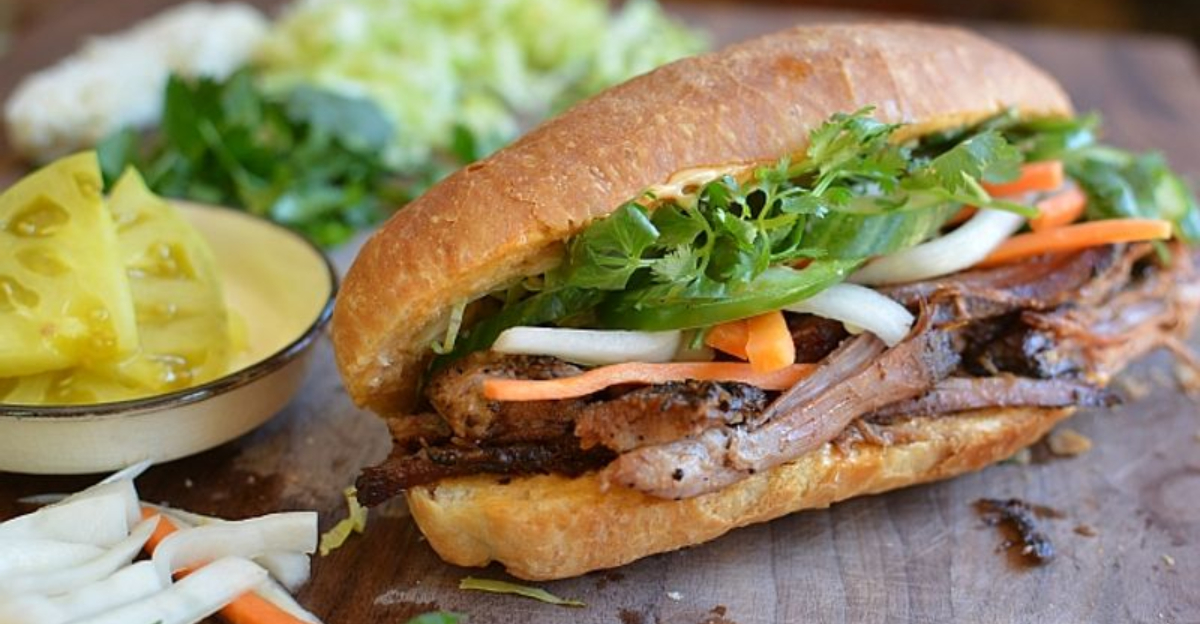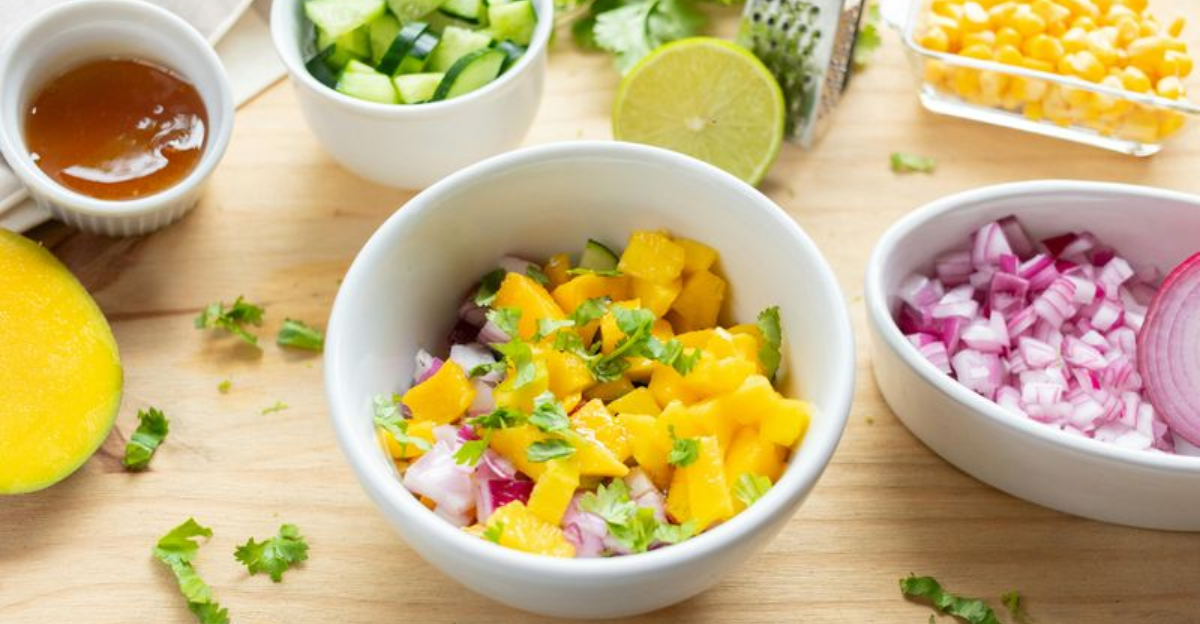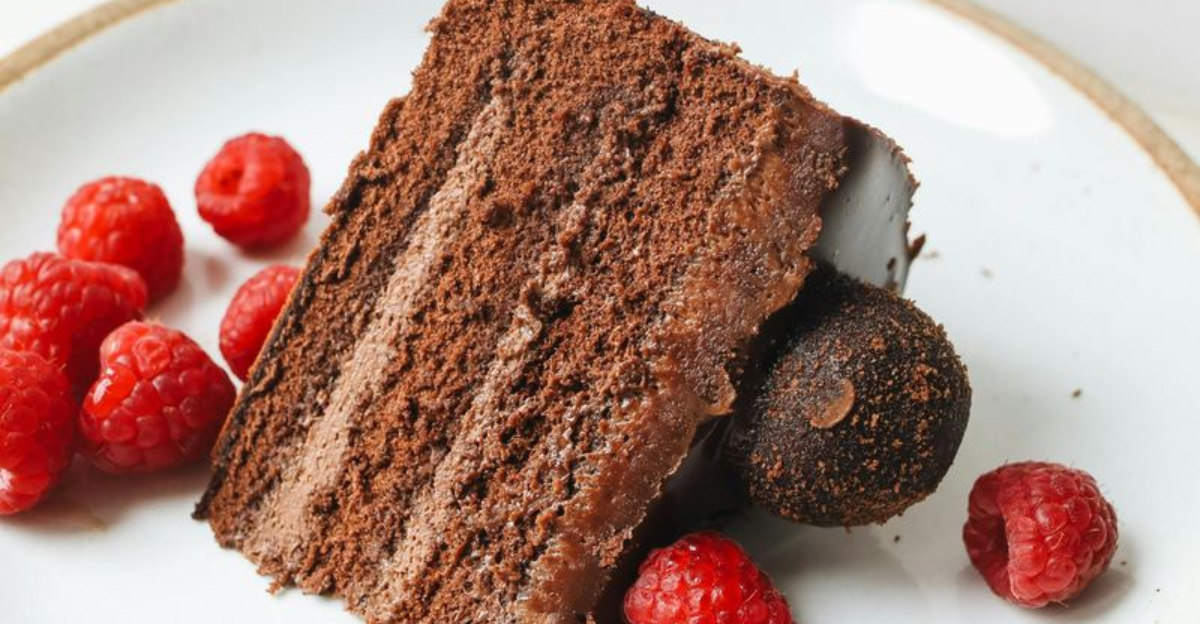12 Vintage Recipes From The ’40s That Capture A Bygone Era
The 1940s were a time of resourcefulness and creativity in the kitchen, shaped by wartime rationing and a need to make every ingredient count.
Families learned to transform simple pantry staples into hearty, comforting meals that brought everyone together around the dinner table.
These vintage recipes tell stories of resilience, ingenuity, and the timeless joy of home cooking.
1. Spam And Eggs
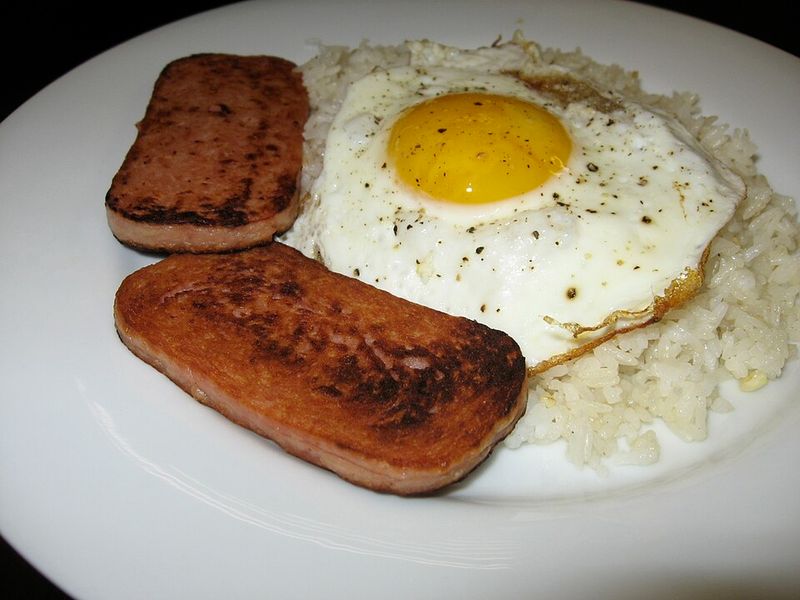
Before it became a punchline, Spam was a wartime hero that fed millions when fresh meat was scarce.
Sliced thick and fried until crispy at the edges, it paired perfectly with fluffy scrambled eggs for a protein-packed breakfast.
Soldiers ate it overseas while families cooked it at home, creating a shared culinary experience across continents. That salty, savory flavor became synonymous with making do and getting by.
2. Fresh Tomato Soup
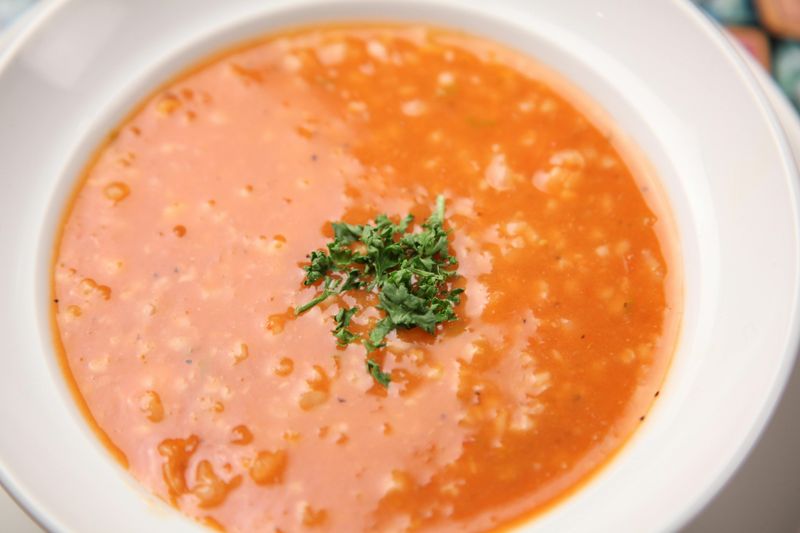
Victory gardens bloomed in backyards across America, and ripe tomatoes became liquid gold in soup pots everywhere.
This recipe celebrated summer’s bounty with minimal fuss – just tomatoes, onions, butter, and a touch of sugar to balance the acidity.
No fancy cream or exotic spices needed here, just pure tomato flavor that tasted like sunshine. Served with a slice of crusty bread, it was nourishment for both body and soul.
3. Harvard Beets
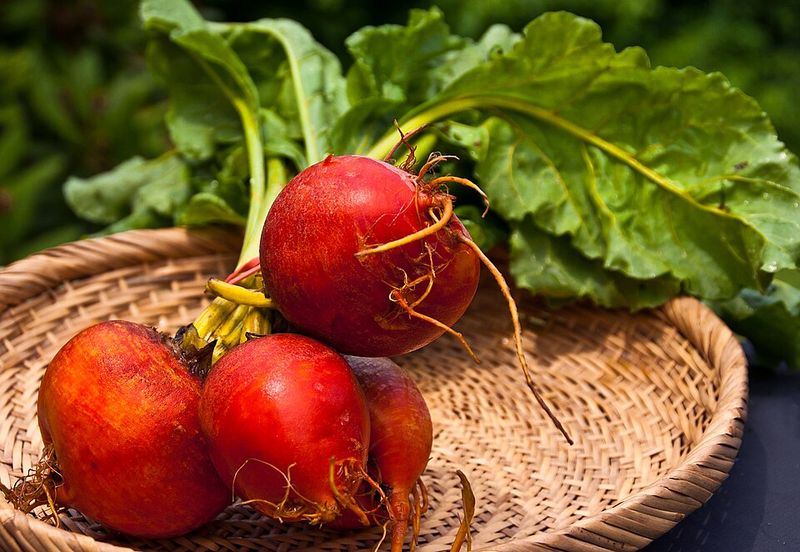
Beets got a glamorous makeover with this sweet-and-sour sauce that turned an earthy root vegetable into something almost elegant.
The sauce – made with vinegar, sugar, and cornstarch – gave the beets a jewel-like glaze that looked impressive on any dinner plate.
Named after the university’s crimson color, these beets proved that vegetables didn’t have to be boring. Even picky eaters found themselves reaching for seconds!
4. Stuffed Peppers
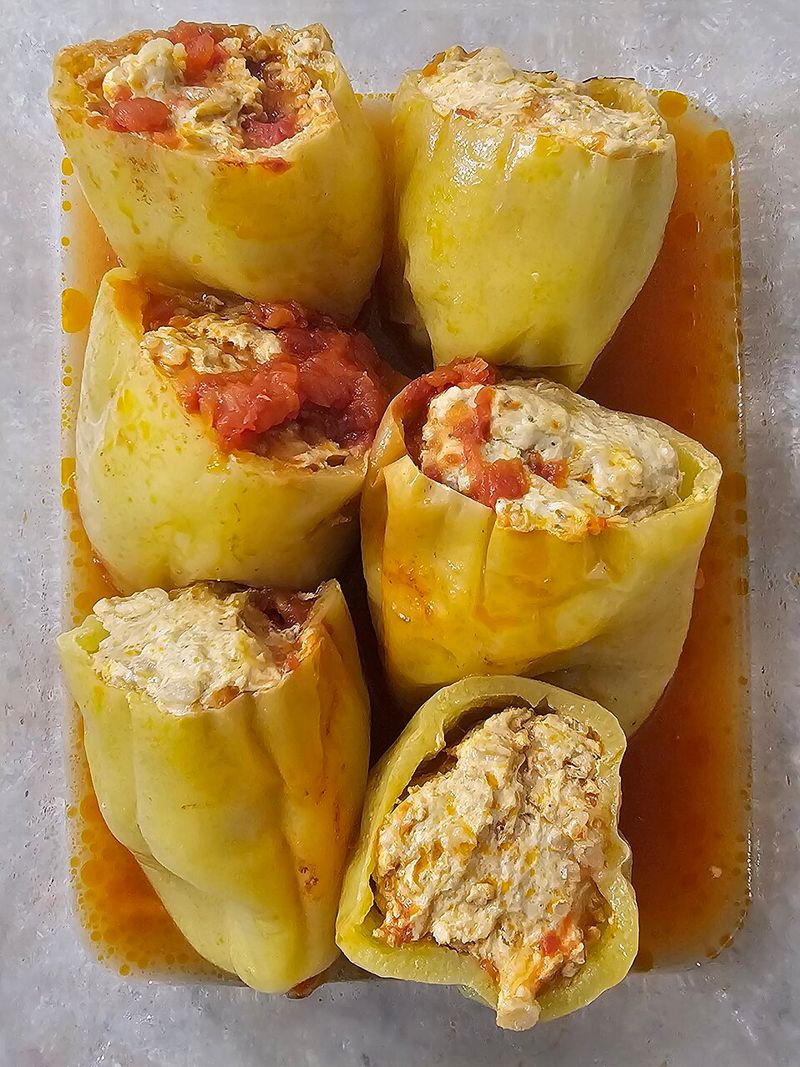
Bell peppers became edible bowls for a savory mixture of ground beef, rice, and tomato sauce, stretching precious meat rations into a complete meal.
Each pepper was its own little package of goodness, baked until tender and bubbling.
Victory garden peppers made this dish even more satisfying, as families ate what they grew themselves. One pepper per person meant easy portion control and impressive presentation without trying.
5. Cornmeal Pancakes
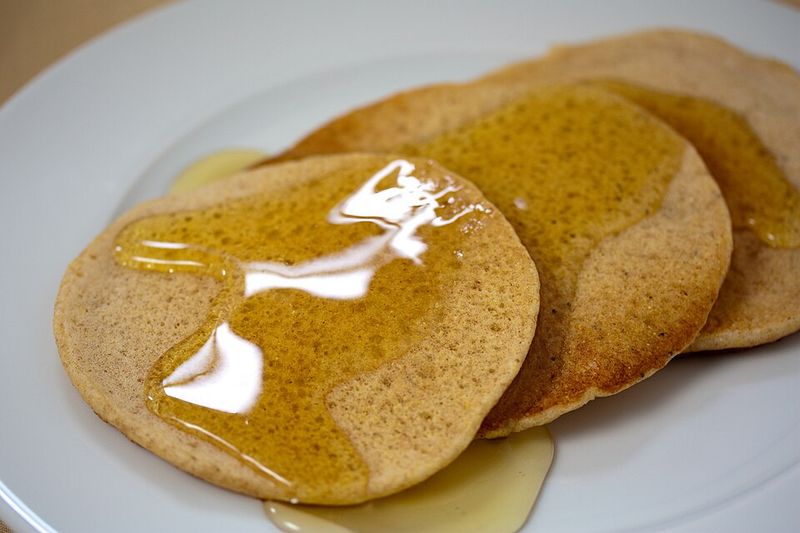
Cornmeal added a delightful grittiness and golden color to morning pancakes, stretching limited wheat flour supplies while adding nutritional value.
These hearty flapjacks had more texture and personality than their all-flour cousins, with a subtle corn sweetness that paired beautifully with syrup.
Farm families especially appreciated how cornmeal, often ground locally, connected them to their land. Breakfast never tasted so satisfyingly rustic and real.
6. Deviled Egg Sandwich

Taking the beloved deviled egg concept and spreading it between bread slices was pure genius for lunch boxes and afternoon snacks.
The creamy, tangy egg salad mixture – made with mustard, mayo, and a touch of paprika – was affordable protein that traveled well.
Kids and adults alike enjoyed this twist on traditional egg salad, with the deviling adding extra zip. Sometimes the best ideas are the simplest ones, right?
7. Jell-O Fruit Salad
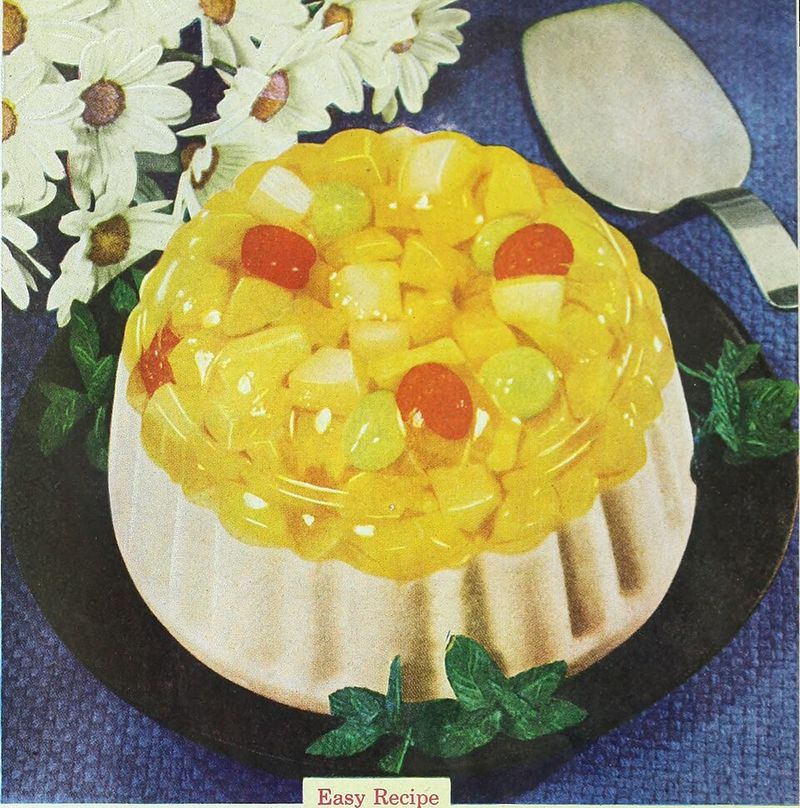
Gelatin salads were everywhere in the 1940s, transforming canned fruit cocktail into something festive and wiggly.
Suspended in brightly colored Jell-O, those fruit chunks became party-ready, often molded into impressive shapes that caught everyone’s eye.
Was it salad or dessert? Nobody really knew, but everyone ate it anyway, especially at potlucks and holiday gatherings. The shimmer and shake made ordinary ingredients feel celebratory.
8. Woolton Pie
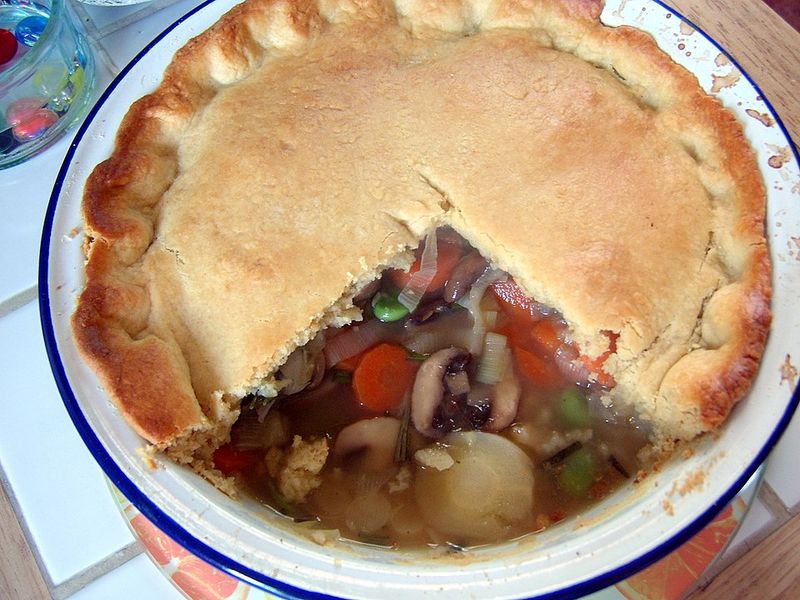
Named after Britain’s Minister of Food, this vegetable pie became a symbol of wartime resilience across the pond.
Packed with whatever vegetables were available – carrots, turnips, potatoes – and topped with a pastry or potato crust, it proved meatless meals could still be satisfying.
Lord Woolton himself promoted it as nutritious and patriotic, making vegetables heroic. Americans adopted similar veggie pies, proving good ideas cross oceans easily.
9. Porcupine Meatballs
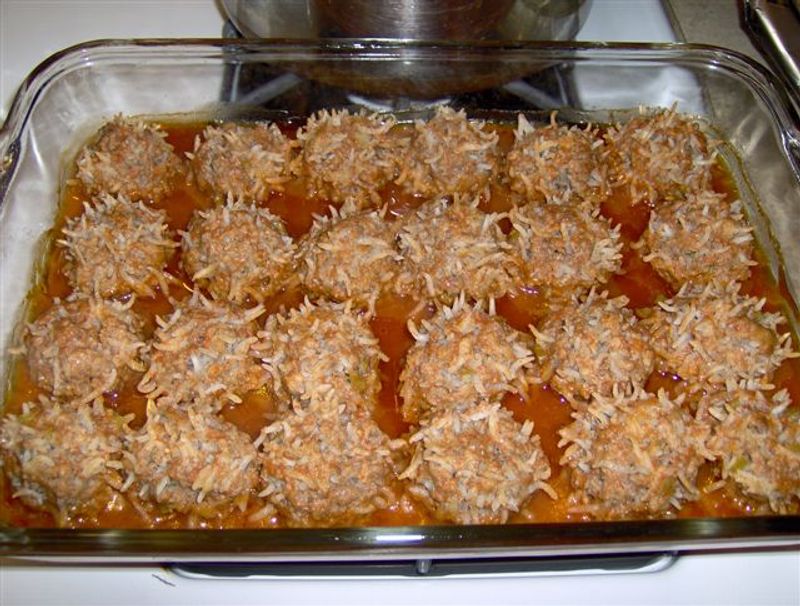
Rice mixed into meatballs created little spikes that poked out during cooking, earning these adorable spheres their animal nickname.
The rice stretched the meat further while adding texture, and kids giggled at the name every single time.
Simmered in tomato sauce until tender, they were budget-friendly and fun, proving that food with personality tastes better. Sometimes a clever name makes all the difference at dinnertime.
10. Soft Molasses Cookies

Dark, spicy, and wonderfully chewy, these cookies relied on molasses when white sugar was strictly rationed.
Ginger, cinnamon, and cloves gave them warming spice that made the whole house smell like a holiday, even on ordinary days.
They stayed soft for days, perfect for tucking into lunch boxes or sending to soldiers overseas. Sometimes the best cookies are the ones that travel well and taste like home.
11. Pumpkin Bread

Canned pumpkin became a baking staple during the war years, adding moisture, nutrition, and natural sweetness to quick breads.
This spiced loaf was denser than cake but sweeter than regular bread, perfect for breakfast or afternoon tea with butter.
Victory gardeners grew their own pumpkins, making this recipe even more economical and patriotic. The warm spices masked any lingering taste of thriftiness beautifully.
12. Pickled Cucumbers
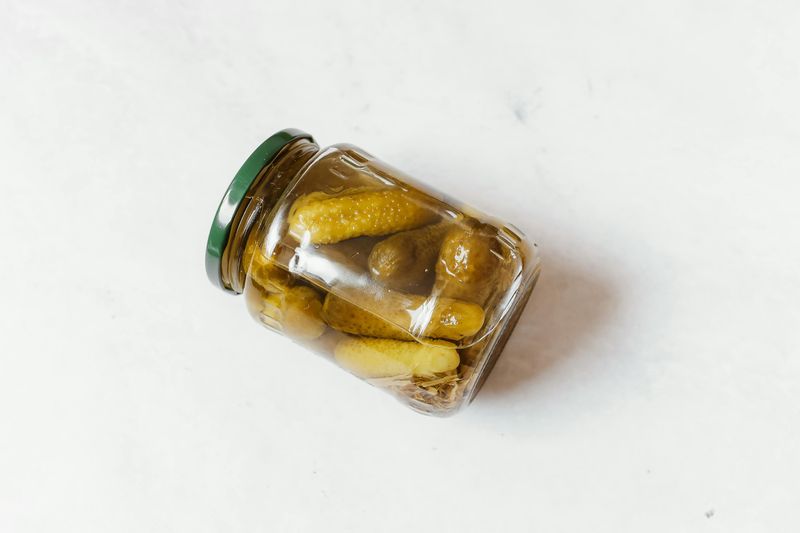
Preserving cucumbers in vinegar brine meant enjoying garden-fresh flavor all winter long, making this skill essential for thrifty homemakers.
Sweet, sour, or dill-flavored, these pickles added brightness and crunch to sandwiches, relish trays, and dinner plates throughout the year.
Canning was both practical and social, with neighbors often gathering for pickling parties. Those jars lined on pantry shelves represented security and self-sufficiency.

